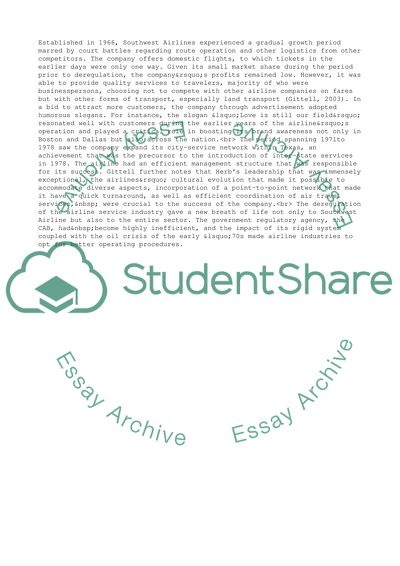Cite this document
(Economic, Structural and Competitive Characteristics of Southwest Case Study, n.d.)
Economic, Structural and Competitive Characteristics of Southwest Case Study. Retrieved from https://studentshare.org/business/1880337-southwest
Economic, Structural and Competitive Characteristics of Southwest Case Study. Retrieved from https://studentshare.org/business/1880337-southwest
(Economic, Structural and Competitive Characteristics of Southwest Case Study)
Economic, Structural and Competitive Characteristics of Southwest Case Study. https://studentshare.org/business/1880337-southwest.
Economic, Structural and Competitive Characteristics of Southwest Case Study. https://studentshare.org/business/1880337-southwest.
“Economic, Structural and Competitive Characteristics of Southwest Case Study”, n.d. https://studentshare.org/business/1880337-southwest.


